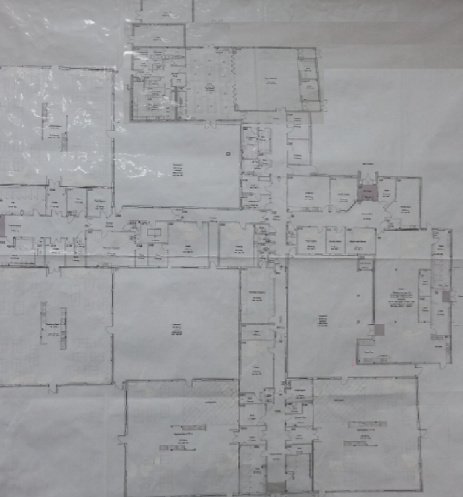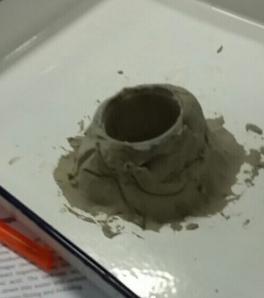The energy sessions were useful in establishing the importance of integrating technologies in an interdisciplinary approach as Education Scotland (n.d) highlight the lack of this across all subjects and across all stages of the school, therefore not all children are receiving benefits such as becoming “informed, skilled, thoughtful, adaptable and enterprising citizens.” (Scottish Government, 2016). Our wind turbine debate helped me to have a broad and deep understanding and appreciation of both sides of the argument. Prior to this, I was strongly for the use of wind turbines, however this debate introduced arguments against which changed my way of thinking as I never knew too much wind can cause wind turbines to malfunction and stop working, therefore hindering its usefulness. I also realised how much disturbance wind turbines cause to the natural habitat and wildlife as they may be constructed in areas of natural beauty and may cause harm to wildlife if they topple over. Having a debate like this in the classroom would help children to “develop understanding of the role and impact of technologies in changing and influencing societies” and “become informed consumers and producers who have an appreciation of the merits and impacts of products and services.” (Scottish Government, 2016).
Furthermore, creating a wind turbine, anemometer and a kite helped to put my thinking into a child’s perspective as issues and challenges arose that would be similar, if not amplified, in the classroom. Scottish Government (2016) outline a number of skills that are developed with such activities, the most important being: problem solving skills, planning and organisational skills, skills in using equipment, discussion and debate, making connections between specialist skills developed within learning and skills for work, and evaluating products. The main issues discovered were the distribution of roles amongst each task were found to be insufficient which left some team members not contributing and therefore not gaining the aforementioned benefits. These activities would also heavily rely on favourable weather conditions, as children may find it disheartening that their model does not work only because of insufficient wind. I think the most important lesson these activities present is allowing children to evaluate their model, which forces them to reflect on the way they worked together, possible improvements and what went wrong in the process.
Regarding impacts on my views, lifestyle and practice, it is important to teach technologies as it emphasises the sustainable aspect of education. Through technologies, children will acquire an understanding of the need to build a sustainable future that is here for future generations to appreciate. “It’s about making thinks work now and in the future. Valuing the world we live in, working with each other, not against, to build a safer, healthier world.” (Griffin, 2002) The previous activities would help children to see what current solutions have been invented and how they have the potential to further this and improve current solutions so that they are present now and in the future which makes it sustainable.
Additionally, it is important I continue to keep up-to-date on current and new inventions in the technological world so as to keep my lessons relevant and so that children are aware of the newest discoveries towards a sustainable lifestyle. It is also important that I expand my knowledge on other aspects such as energy and renewable fuels.
References
Education Scotland (n.d) Building Society: Young People’s Experiences and Outcomes In The Technologies [Module Resource] Available: http://moodle.uws.ac.uk/pluginfile.php/816786/mod_resource/content/1/TechnologiesImpactReport__tcm4-850866.pdf [Accessed: 19 November 2016].
Griffin, D et al (2002) Teaching for a Sustainable Future: embedding sustainable development education in the initial teacher training curriculum Centre for Cross Curricular Initiatives.
Scottish Government (2016) Curriculum for Excellence: Technologies, Principles and Practice. [Online] Available: http://www.educationscotland.gov.uk/images/technologies_principles_practice_tcm4-540109.pdf [Accessed: 19 November 2016]






